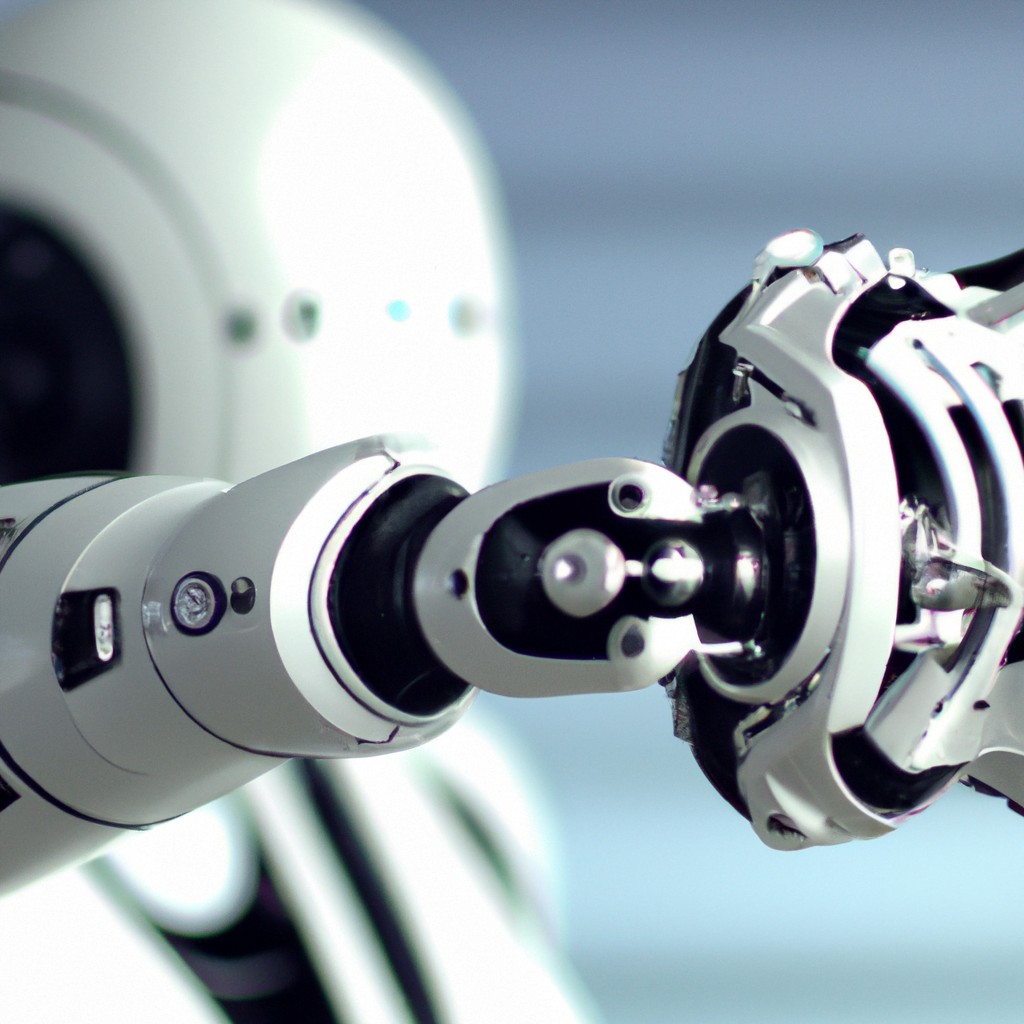The role of machine learning in educational research
Machine learning is a type of technology that allows computers to learn from data and make predictions based on that learning. It has become very popular in recent years, and is being used in many different fields, including education.
In educational research, machine learning is used to analyze data and identify patterns that can help teachers and researchers understand how students learn. For example, researchers might use machine learning to analyze data from student assessments to identify which teaching methods are most effective, or to identify students who are at risk of falling behind.
One of the main benefits of using machine learning in educational research is that it allows researchers to analyze large amounts of data quickly and efficiently. This can be very helpful when studying complex educational systems or when trying to identify patterns that might not be apparent through traditional analysis methods.

Machine learning is also being used to develop new educational technologies, such as intelligent tutoring systems. These systems use machine learning algorithms to adapt to the individual needs of students, providing personalized instruction and feedback.
However, there are also some concerns about using machine learning in education. One concern is that it could lead to a “”one-size-fits-all”” approach to education, where students are treated as if they are all the same. Another concern is that the algorithms used in machine learning can sometimes be biased, leading to unfair treatment of certain groups of students.
Overall, machine learning has the potential to revolutionize education research and improve the way we teach and learn. However, it is important to use this technology responsibly and to carefully consider its potential benefits and drawbacks.






